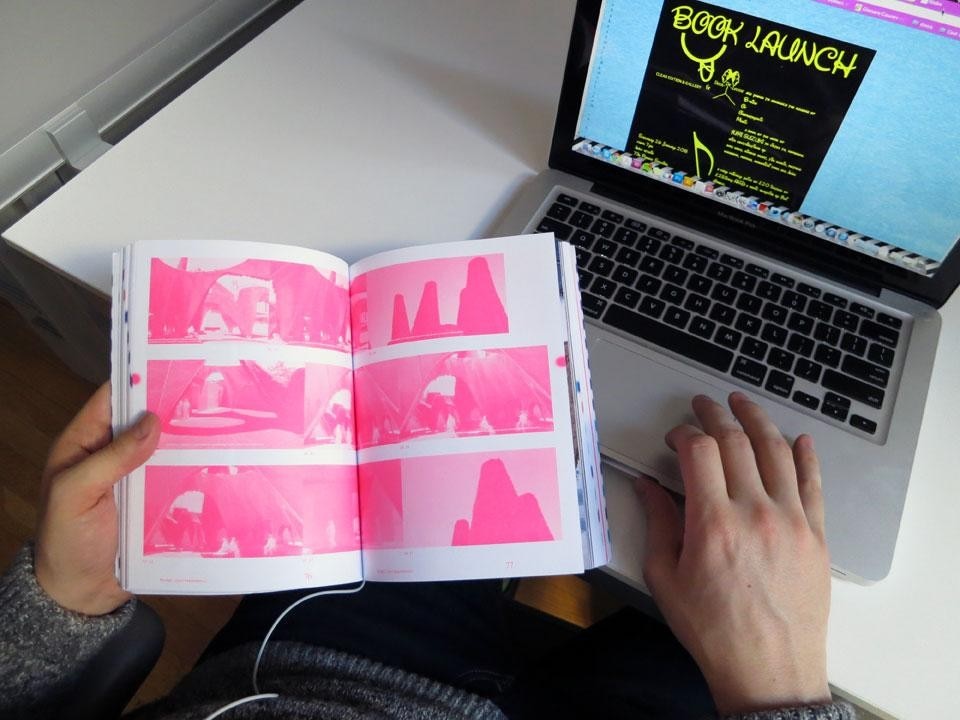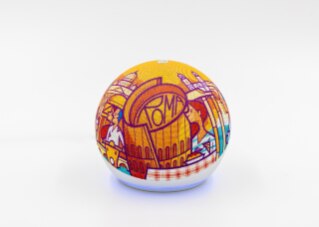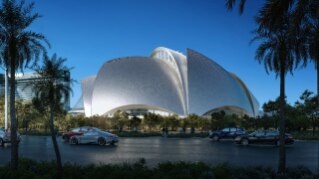"We know what we're doing...
We know how it sounds..."
— Scritti Politti, Messthetics
"We take no big interest in means of production..."
— Scritti Politti, Bibbly-O-Tek
In the late 1970s, English musicians — including the collective Scritti Politti — set out a new way of looking at and creating music in their early DIY experiments, where low-budget singles were cut and inserted into cheaply-made sleeves. This new medium existed outside the usual, commercial music production. Along with their track Bibbly-O-Tek, and in combination with a wave of others, including The Desperate Bicycles' album The Medium was Tedium, Scritti's Messthetics set out an entire new ethos about creating music. They found that making the music themselves with a lo-fi and sometimes purposely amateur sound was liberating, as the usual means of production had become repetitive and tiresome, creating a stream of monotonous music. This condition provides a starting point for understanding the ethos that is laid out in New York architects Michael Meredith and Hilary Sample of MOS' work-in-progress monograph Everything All at Once.
The book shows the three mediums that MOS uses to make and portray this architecture: software, architecture, and films. These are presented in parallel, each in a different colour of fluorescent ink. The book is a contemporary, giddy, Maximalist [1] exercise in Messthetics. Here, DIY software experiments and films bring to life architecture that is technically measured and considered, but shares an immediate Messthetic appeal, as it is often purposefully disheveled, grotesque, and generally off-kilter, much like what Scritti frontman Green Gartside described as a "scratchy-collapsy sound" [2] . The same could be said for the software experiments, where a DIY approach to computational design employs relatively low-end software to create designs by allowing simulated physics to alter structures or arrangements of groups of objects, including "SAND", in which blocks are dumped into an environment addled with obstacles, creating piles, or messes. Film is used as the third medium presented in the book, where architectural projects are represented both pre- and post-completion, in place of plans or sections. In all three mediums, the process of conception and iteration remains at the heart of the "final" project.
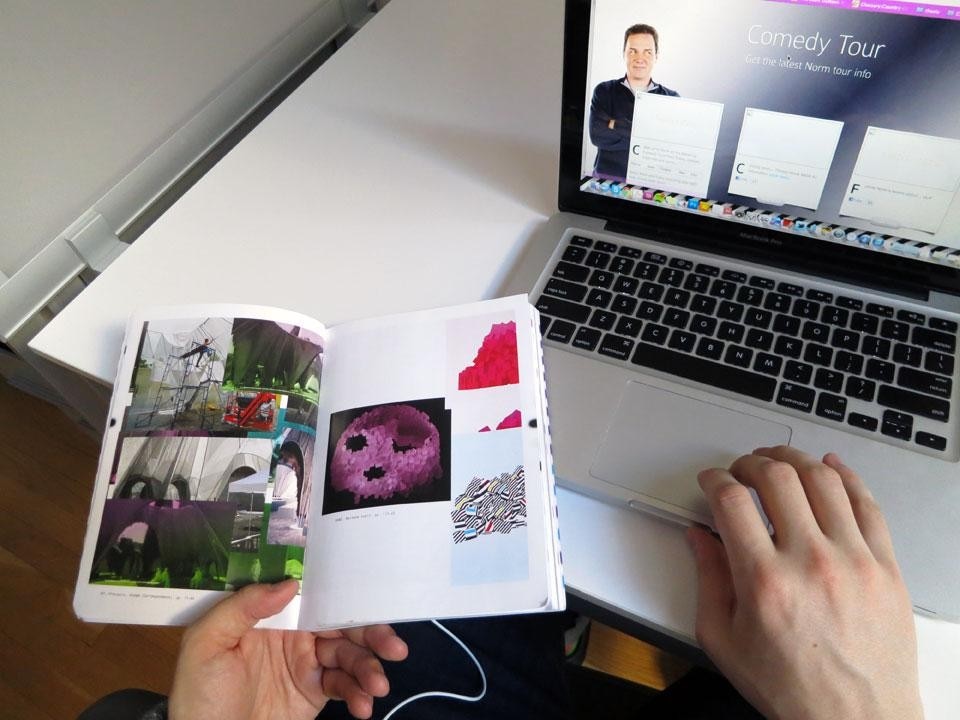
However, beyond the book-as-artifact enjoyment we might receive from Everything All at Once, the book coherently delivers a cogent and timely argument about MOS' ethos about process and the contemporary state of architecture: something which can be hard to come by these days. The design of the book, the texts, and the work featured work alongside each other. A detailed, harmonized manifesto in three parts by Meredith, Sample and the always eloquent and entertaining Sylvia Lavin is threaded through the book's essays, and successfully tied back to the critical practice of MOS. The book shows multiple layers of a highly sophisticated ethic across mediums: architecture, films and software. The ethos of Messthetics which MOS employs in the production of their films and the building of software systems portrays their architecture as experimental and evolutionary, in contrast with the prevalent repetitive medium-restrained process that many architects seem locked in on.
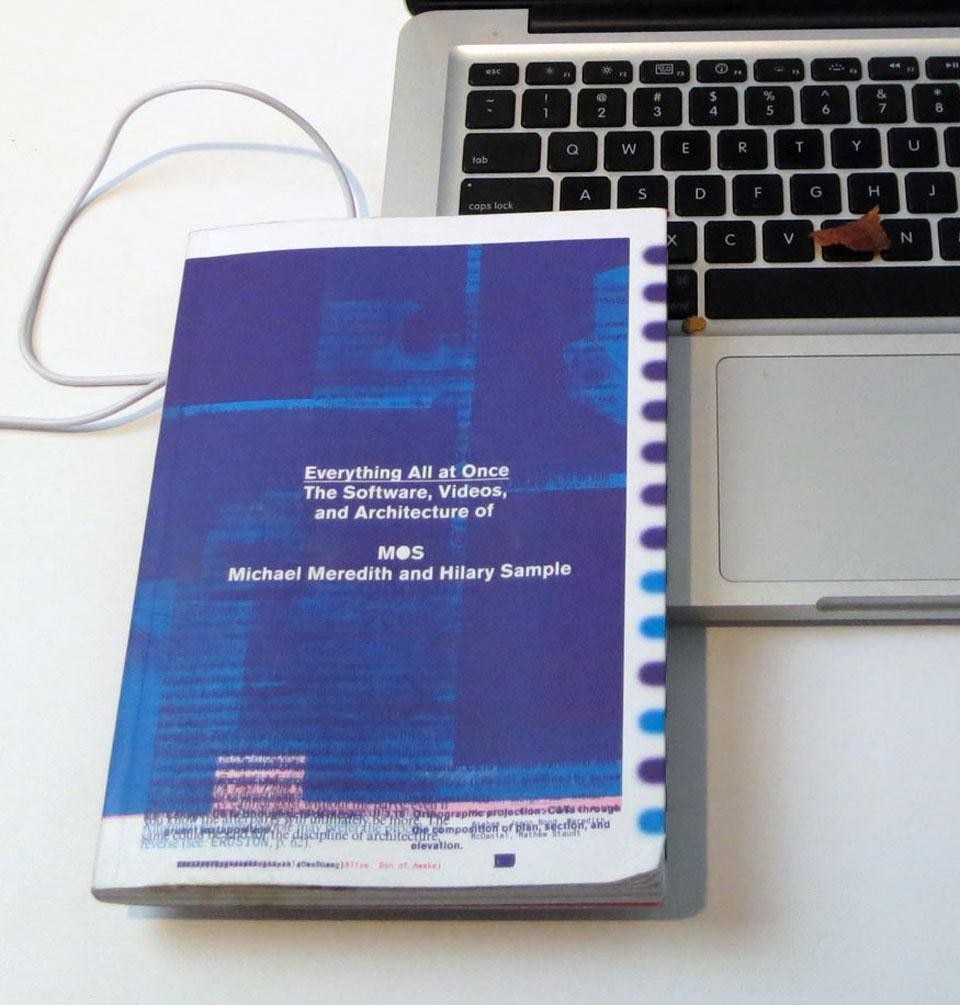
This volume might inspire a whole generation of young architects to look outside the tedium of the medium, and "go and do it"
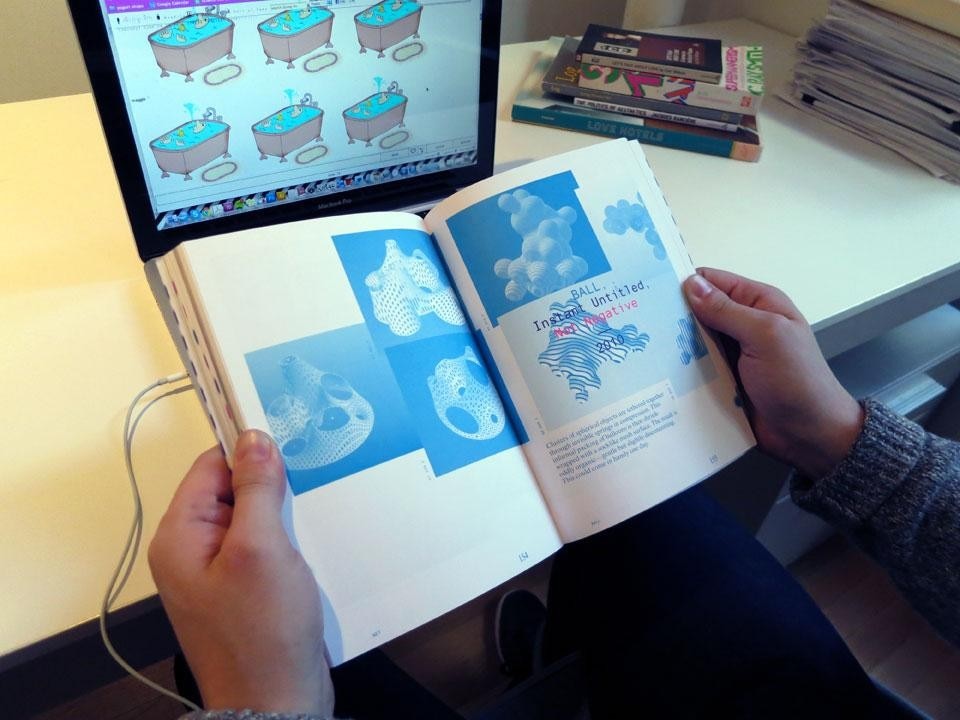
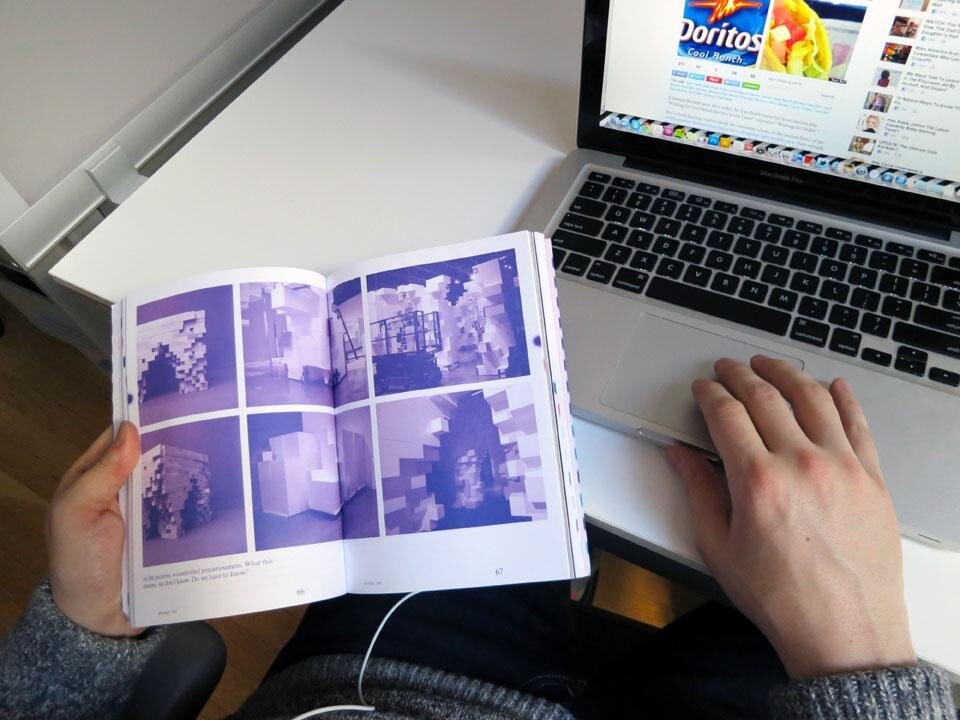
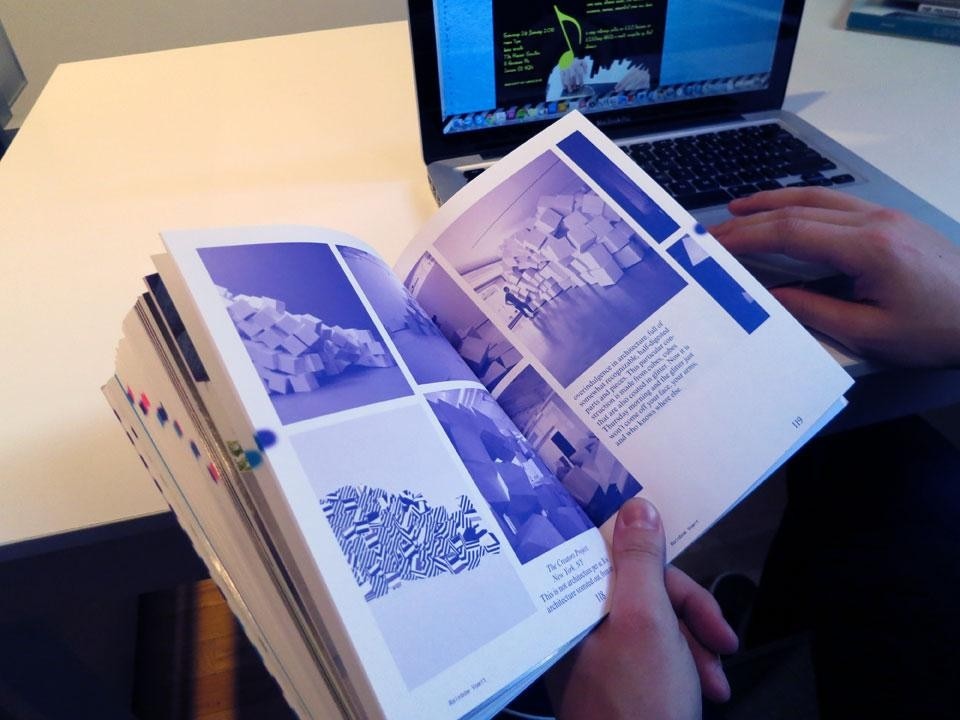
1. The opposite of minimalism. For more "giddy Maximalism", see Guy Fieri, Cookin' It, Livin' It, Lovin' It
2."Scratchy-collapsy sound" was a descriptor for Messthetics, given by Gartside in an interview. He went on to praise fellow DIY band The Raincoats and their "enthusiastic, stop-start mistakes, falling-over sound they have." For more on Gartside and Messthetics, see Simon Reynolds, Rip It Up and Start Again, Post-punk 1978-1984
3. The DIY (Messthetics) analogy doesn't fit perfectly in this sense, as the practitioners teach at and make projects for some of the most prestigious institutions in the world. MOS finds itself in an interesting place within current intellectual landscape. Politti's main influence, Gramsci, wrote that hegemony was any predominant ideology, including the state or the church, which proliferates itself and incorporates as many people as possible, seeping into our collective consciousness and constructing "reality" through soft power. In Scritti's case, this meant a commercial music industry, in the case of MOS, it is unclear who the architectural hegemony is exactly. Is it commercial, developer driven real estate, or the traditional academy? Probably the former, but this is where MOS' proposals become politically confusing.
4. This was the chorus of The Desperate Bicycles' track "Smokescreen".


